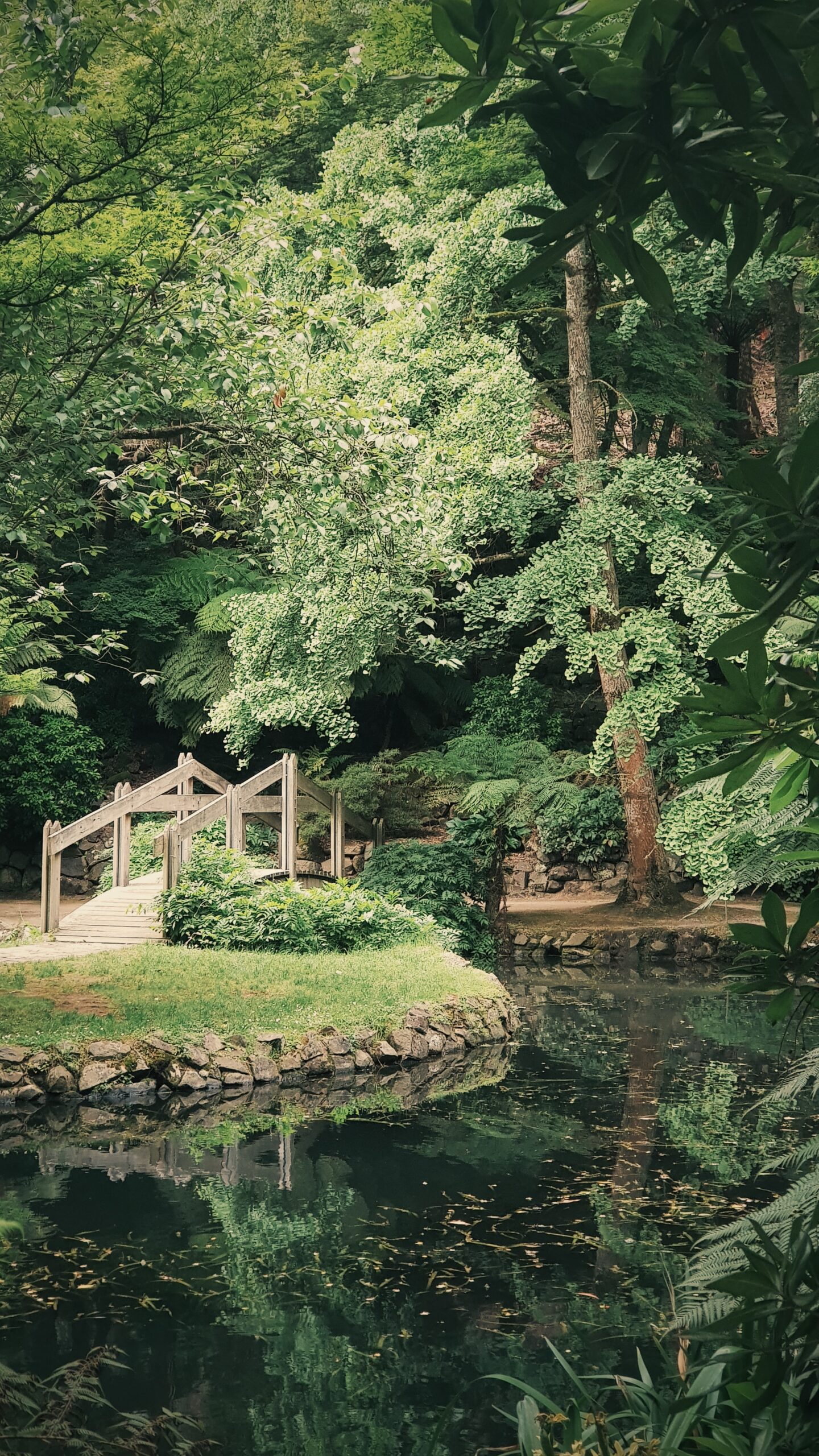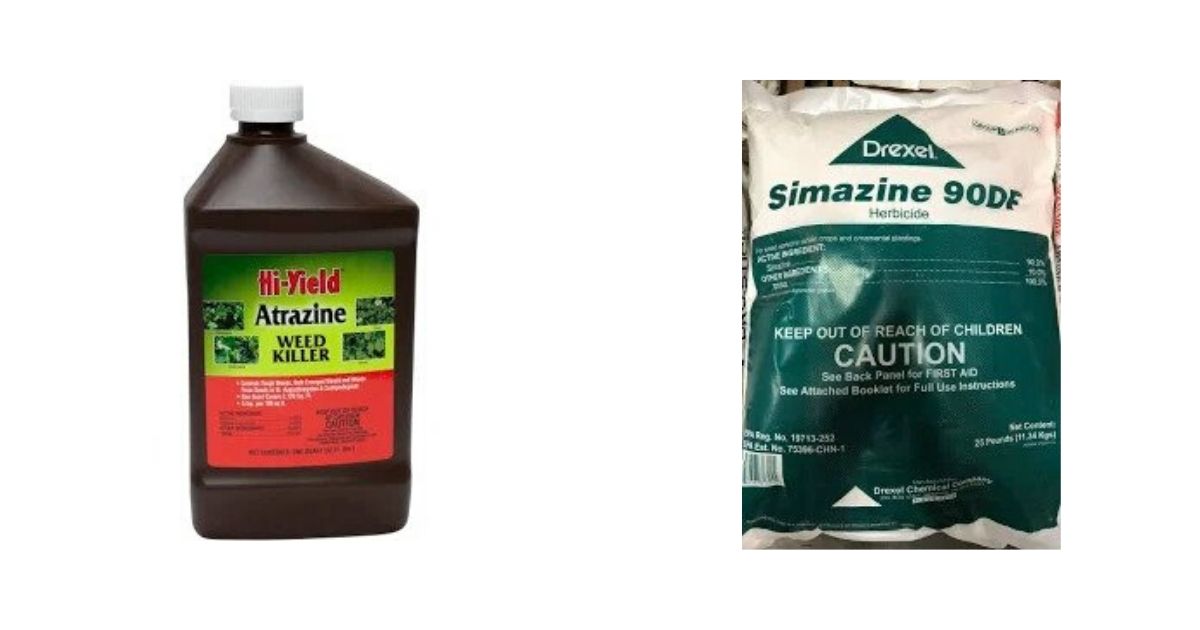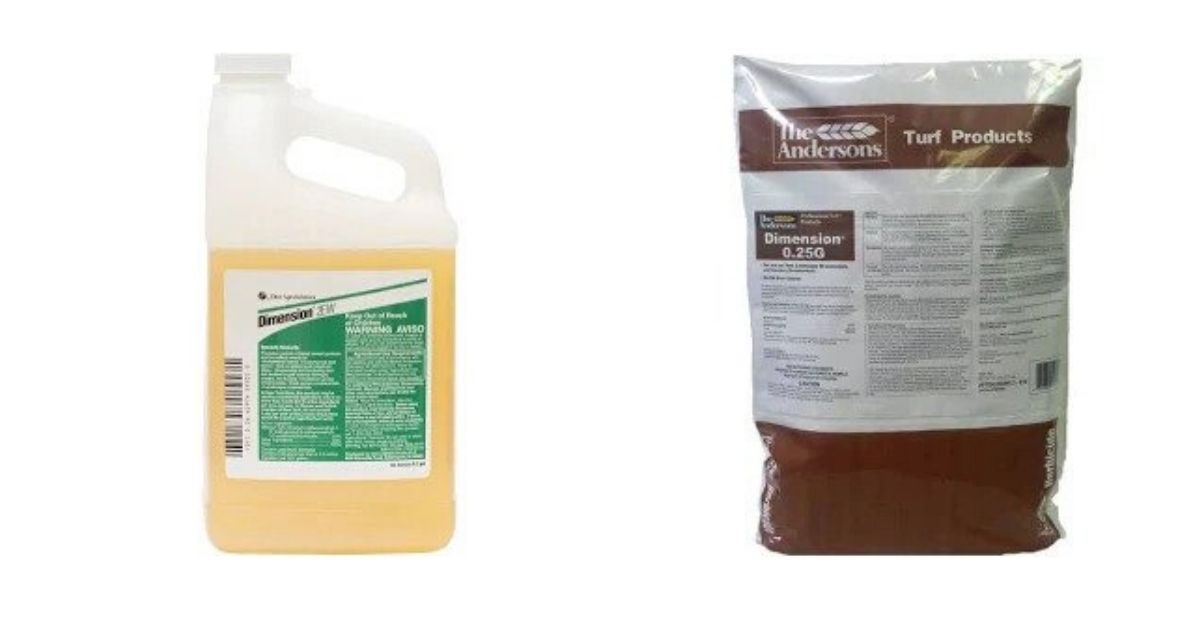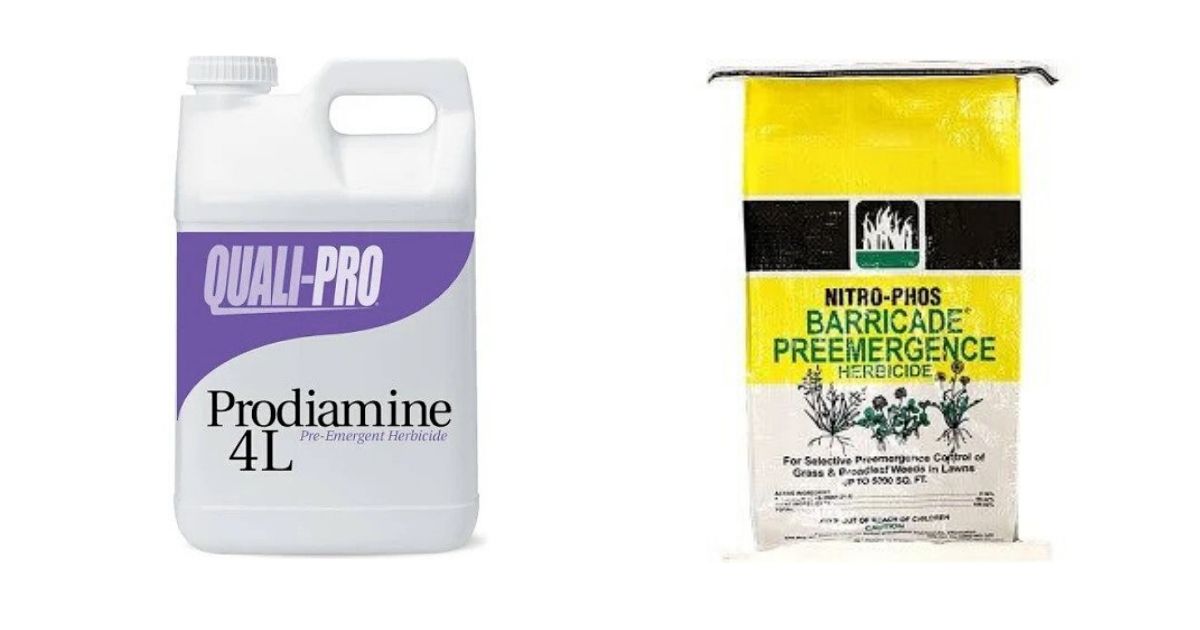What is the best pre emergent for Memphis lawns in the Spring?
This is a shout out to Urban Earth in Midtown Memphis, TN, and Germantown Hardware in Germantown, TN. Both are great places for all your DIY lawn and garden needs.
First, lets discuss what a pre emergent does exactly. Pre emergents create a barrier in the soil at the level where weed seeds germinate (if applied properly) that prevent SEEDS from creating roots which effectively kills the plant as the seed germinates.
Pre Emergent products do not simply kill seeds. This is an important distinction since it lets you know that the pre emergent must be present at the time germination happens or shortly afterwards. Typically, this means that the pre emergent application must be made before SOIL temperatures reach 55 degrees. This is different than AIR temperatures. So, in Memphis, you typically want to get your pre emergent down before March 15th. It does depend on the weather, though. With an exceptionally cold winter, for example, you have a little more time to get the products on your yard and effectively create a weed barrier.

One way to tell when the soil temperatures are nearing 55 degrees is when the forsythia bushes start to bloom. Make sure to apply by the time the forsythia blooms or shortly after. Now, I have a forsythia bush. If you dont, however, you can always use a meat thermometer to be precise about your timing. Precision is not necessary, though, as pre emergents last in the soil from between 40 days to 9 months depending on the active ingredient, weather, and amount of organic material in the soil. Early applications are better than late applications.
It is also important to note that pre emergents do not stop weeds that are coming up from the roots of a plant that has previously emerged (perennial weeds). An example of this is nutsedge. Nutsedge propagates through seeds that come from the top of the plant and from nutlets in its root system. Pre emergents might stop the nutsedge seeds that fell from the plant to the ground as they germinate, but won’t stop emergence of nutgrass from the root system of last years plants.
Here are some pre emergents that are commonly available:
Pre emergents like Simizine or Atrazine are short lived pre emergents that stay in the soil for about 60 days. Not the stand alone choice for Memphis lawns, but they can help you extend the life of your pre emergent coverage. We will occasionally use the “zines” as a January pre emergent in order to allow us to put our long lasting pre emergent down later than the March 15th deadline. This will help maintain a chemical barrier later in the summer when pre emergents are breaking down and weed seeds from growing plants are blowing into your lawn.
There are drawbacks to all products applied to your lawn. The “zines” however are not safe for cold season grasses like fescue or rye grasses (lawn grasses that are green during the winter) and do not need to be put down on warm season grasses that are not completely brown or are dormant. Anything green can be damaged by these two products.

Pendemathelin (Pendulum) is another shorter term pre emergent that starts to break down after 40 days and is gone around 80 days later. Again, another good transitional pre emergent that works well as a life extender for a longer lived pre emergent.

Dythiopyr (Dimension) has a longer residual of 4 months. It also has some post emergent capabilities as it will kill immature crabgrass shortly after it has emerged from the soil. This is a great pre emergent if you are putting it down later than the germination time of March 15 for crabgrass.. Something to note about Dythiopyr though, is that it can push too deep into loamy or sandy soils if over watered. This can move them below the level for weed germination reducing its effectiveness. This typically is not a factor in most Memphis lawns as we have clay compacted soils through most of the city. The rare exception is Harbor Town by Mud Island where the soil is comprised of silt.


Prodiamine (Barricade or Stonewall) has one of the longer effective periods in the soil in our area. This pre emergent can last as long as 9 months at the maximum rates. It is excellent in control of crabgrass and other grassy weeds as well as most annual broadleaf weeds. Also, prodiamine is cheap. It is hard to beat good and cheap. Prodiamine has no effect on already emerged weeds so must be paired with either broadleaf weed killer or grassy weed killer if
applied after Mid-March. This product is available in liquid and granular form.

So, in summary, Simizine, Atrazine, and pendemathelin are fine in the fall or early spring if a longer pre emergent is to be applied before it breaks down in the soil. Dythiopyr is best if you are applying your pre emergents later than usual and some crabgrass has already surfaced (not the best if you live in Harbor Town where the soil is more porous where it can be pushed past the germination zone). So, Simizine could be applied in late February and Dythiopyr could be applied in late April giving you an extra month and a half to two months if you want to use Dythiopyr.
But the best stand alone pre emergent for the money is probably Prodiamine given the price and the longevity. Just make sure you put it down before or right after soil temperatures reach 55 degrees.
IMPORTANT NOTE: Make sure to read the label and apply according to label rates. Applying on the high end is important for good weed prevention, but over applying can be harmful to the turf.
Also, Pre emergents need to be cycled out every two to three years to avoid weed resistance. Pendamethelin may be the exception to this resistance rule, but it is best to change the type you use after two to three years to improve your weed control.
